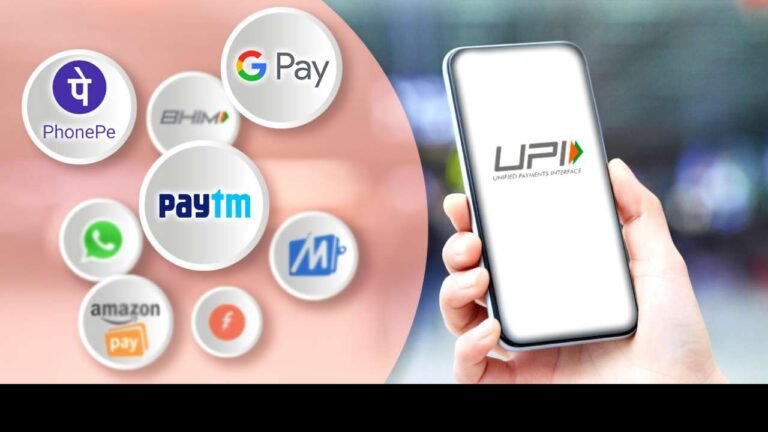Washington: India has developed a world-class digital public infrastructure (DPI) to support its sustainable development goals, including a journey for other countries to launch their own digital transformations, the IMF said in a working paper. said, noting that digitization has supported the formalization of India’s economy and Aadhaar has helped in direct transfer of payments to beneficiaries, reducing leakages.
The working paper ‘Stacking up the Benefits Lessons from India’s Digital Journey’ states that the government played the role of a catalyst, acting as an anchor client and setting up institutions to ensure continuity in the operation of India Stack.
It said that by using this digital infrastructure, India was able to quickly provide assistance to an impressive portion of poor households during the COVID-19 pandemic.
The paper states that using a digital backbone has helped India rapidly scale up its vaccine distribution and overcome challenges such as large-scale internal migration. The technology underlying CoWIN, a digital platform developed by India to capture the COVID-19 vaccination programme, has been deployed in Indonesia, Philippines, Sri Lanka and Jamaica to help facilitate their vaccination programmes.
The paper lauded the Pradhan Mantri Jan Dhan Yojana (PMJDY) launched by the Narendra Modi government and said that the sound policies led to a competitive, open and affordable telecom market and a reduction in data usage by 90 per cent reduction in mobile data costs. The boom came
The paper states that demonetisation has led to higher usage of other forms of payments including UPI.
It added that Aadhaar facilitated transfer of social security net payments directly from government treasury accounts to bank accounts of beneficiaries, effectively reaching households to reduce leakages, prevent corruption and increase coverage. Helped to provide a tool.
“The Government of India estimates that by March 2021, about 1.1 per cent of GDP was saved in expenditure due to digital infrastructure and other governance reforms,” the paper said.
It said that by using this digital infrastructure, India was able to quickly provide assistance to an impressive portion of poor households during the pandemic.
DPI refers to a set of shared digital building blocks, such as applications, systems and platforms, that are governed by interoperable open standards or specifications. India Stack is the collective name for a group of DPIs commonly used in India; It consists of three distinct layers – unique identity (Aadhaar), complimentary payment system (Unified Payment Interface, Aadhaar Payment Bridge, Aadhaar Enabled Payment Service), and data exchange (DigiLocker and Account Aggregator).
“Together they enable online, paperless, cashless and privacy-respecting digital access to a variety of public and private services,” the paper said. The benefits of this investment were felt across the country and India during the pandemic did a good service.”
It said that in the first months of the Covid-19 pandemic, around 87 per cent poor households received at least one benefit.
“India Stack has been used as a platform to foster innovation and competition, expand markets, bridge the gap in financial inclusion, boost government revenue collection, and improve public expenditure efficiency.”
The paper states that digital payments are now ubiquitous and UPI accounts for 68 per cent by volume of all payment transactions.
“The use of digital payments has expanded the customer base of small merchants, documented their cash flows and improved access to finance. Easier access to financial services through account aggregators has helped roughly 4.5 million individuals and Companies have benefited since it was first launched in 2019. August 2021, and the adoption rate is increasing rapidly,” the paper said.
It said digitization has also supported the formalization of the economy, with around 8.8 million new taxpayers registered for the GST between July 2017 and March 2022, “contributing to the increase in government revenue in recent years”.
“Government service provision has been streamlined; for example, citizens can access state and central government issued documents through a single platform. Similarly, India Stack has digitized and simplified its customer processes, thereby reducing costs Banks using e-KYC have reduced their cost of compliance from $12 to 6 cents. The reduction in cost made the service more attractive to low-income customers and encouraged new products to be developed.

